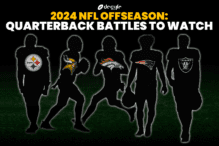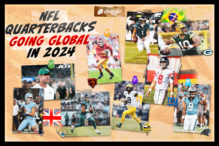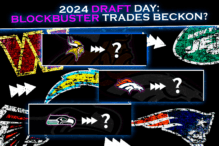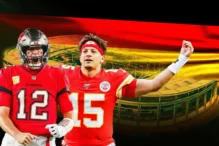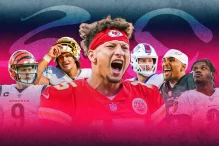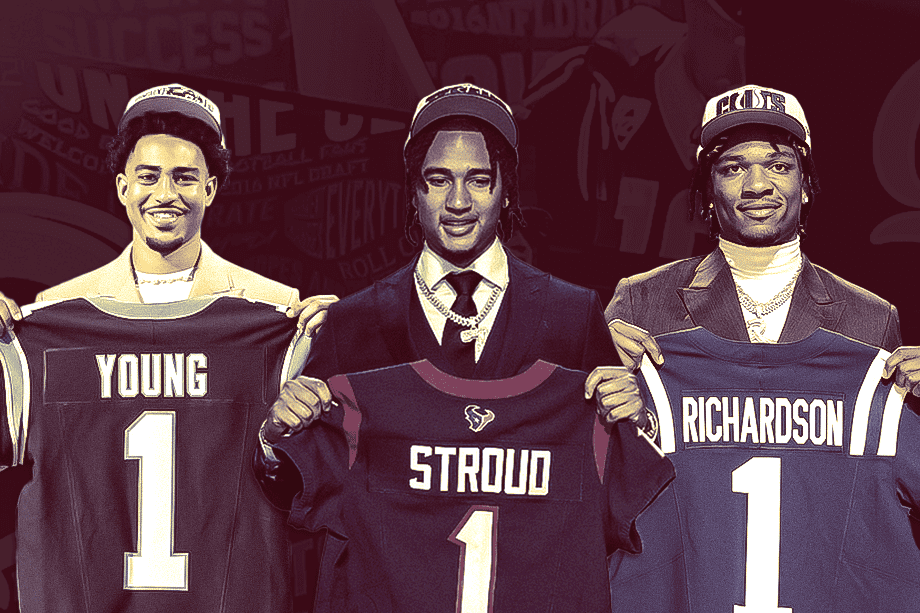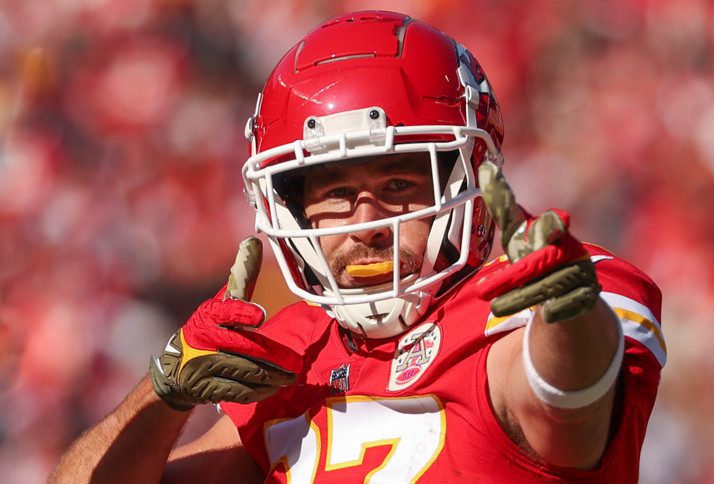

Every season, in every sport and every league, players change teams.
When they move, the players are presented with new situations – and hopefully, an increased chance of winning trophies – and the teams are able to change strategies and tactics.
In association football, the Premier League’s summer transfer window opens a week today, but NFL teams have been able to finalise player trades since the start of the 2023 league year, which began on March 15.
Trades and transfers are incredibly similar, as both allow players to move to a new team in exchange for some form of compensation. All trades and transfers also have to be processed during a specific time period – summer transfer windows differ between European football leagues (for example, the Premier League’s opens on June 14 and closes on September 1, while La Liga’s opens on July 3) whereas the NFL’s trading period for the 2023 season started on March 15, and the trade deadline is on October 31. However, it is possible for trades and transfers to be agreed upon outside of these dates.
The main difference between the two is money.
Association football transfers are based around fees, as a football team will offer a certain amount of money (a negotiated amount or enough to trigger a release clause) to purchase a player, and the other team can use that money to rebuild in any way they see fit. The player then agrees to personal terms, such as wages and length of contract, with their new team.
For example, last year, Manchester City signed striker Erling Haaland from Borussia Dortmund after activating his £51.2 million release clause, agreeing to a five-year contract.
In the NFL, a franchise cannot just offer another franchise money to sign a player – as certain assets, such as other players or draft picks, must be exchanged instead.
Plus, the teams must agree to the terms of the trade, and be satisfied with what they’re sending away and receiving, before anything can be finalised. Also, to help both parties, sometimes conditional picks are involved. This means a draft pick used in trade can become a higher pick (and therefore a more valuable one) if a player involved in the deal meets certain on-field targets. Finally, due to the NFL’s salary cap, teams must have enough space to absorb the contract – or contracts – they’re acquiring in the trade, whereas football teams just need to be able to afford the transfer fee and the player’s wages.
For example, in April, the Green Bay Packers traded quarterback Aaron Rodgers – and two picks in the 2023 NFL Draft – to the New York Jets in exchange for a 2023 first-round draft pick, a 2023 second-round draft pick, a 2023 sixth-round draft pick, and a conditional 2024 second-round draft pick that becomes a first if Rodgers plays 65% of New York’s snaps this season. This trade was able to happen because the Jets made previous moves to open up cap space and absorb Rodgers’ contract.
BREAKING: Aaron Rodgers, along with the 15th pick in the draft and a 5th-round pick, has been traded to the New York Jets in exchange for the 13th pick, a 2023 2nd-round pick, a 6th-round pick and a conditional 2024 2nd-round pick
(via @AdamSchefter)#Decyfr #NFL #TakeFlight pic.twitter.com/4YXWXVDdMe
— Decyfr Sport (@DecyfrSport) April 24, 2023
Trades and transfers can transform the landscape of sports leagues – as Green Bay look completely different without Rodgers, and so would Tottenham Hotspur if Harry Kane were to move on as rumours suggest he will – and now you know the main differences between the two.
https://decyfrsport.com/decyfrd-trades-vs-transfers/
Copied!













